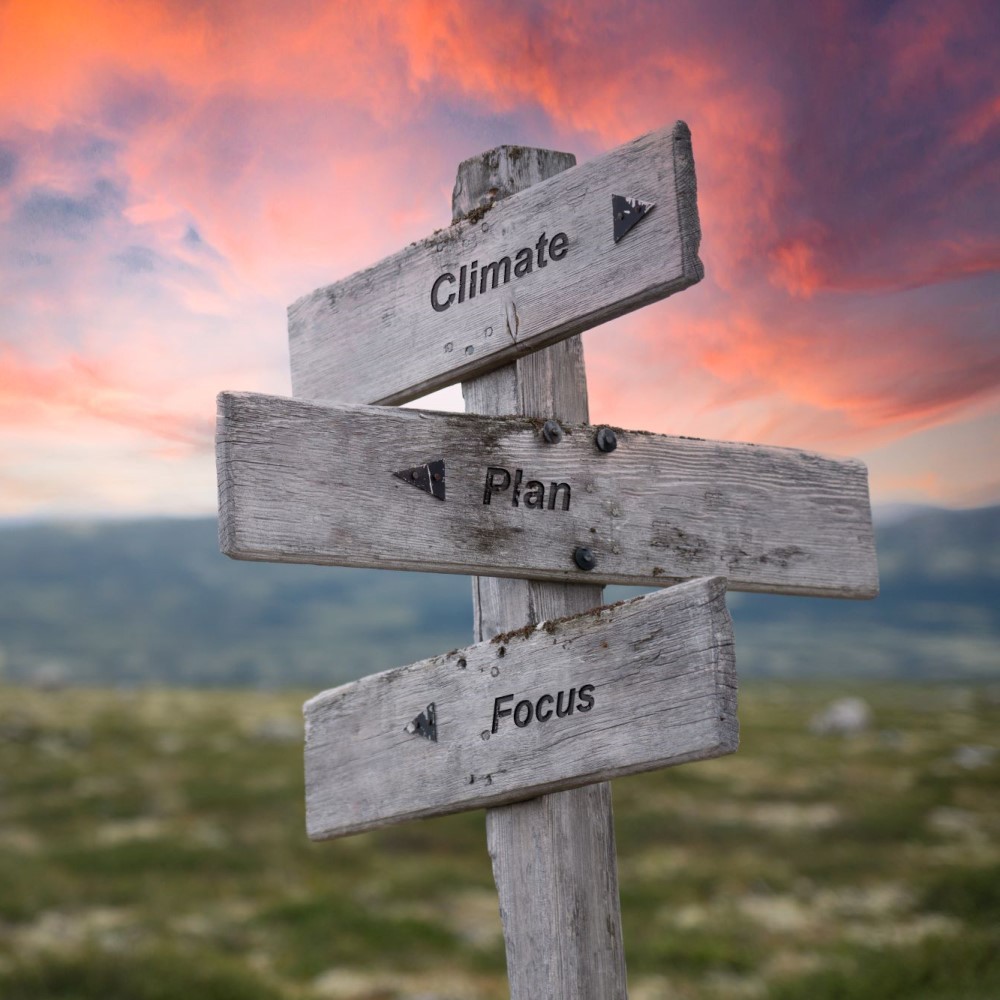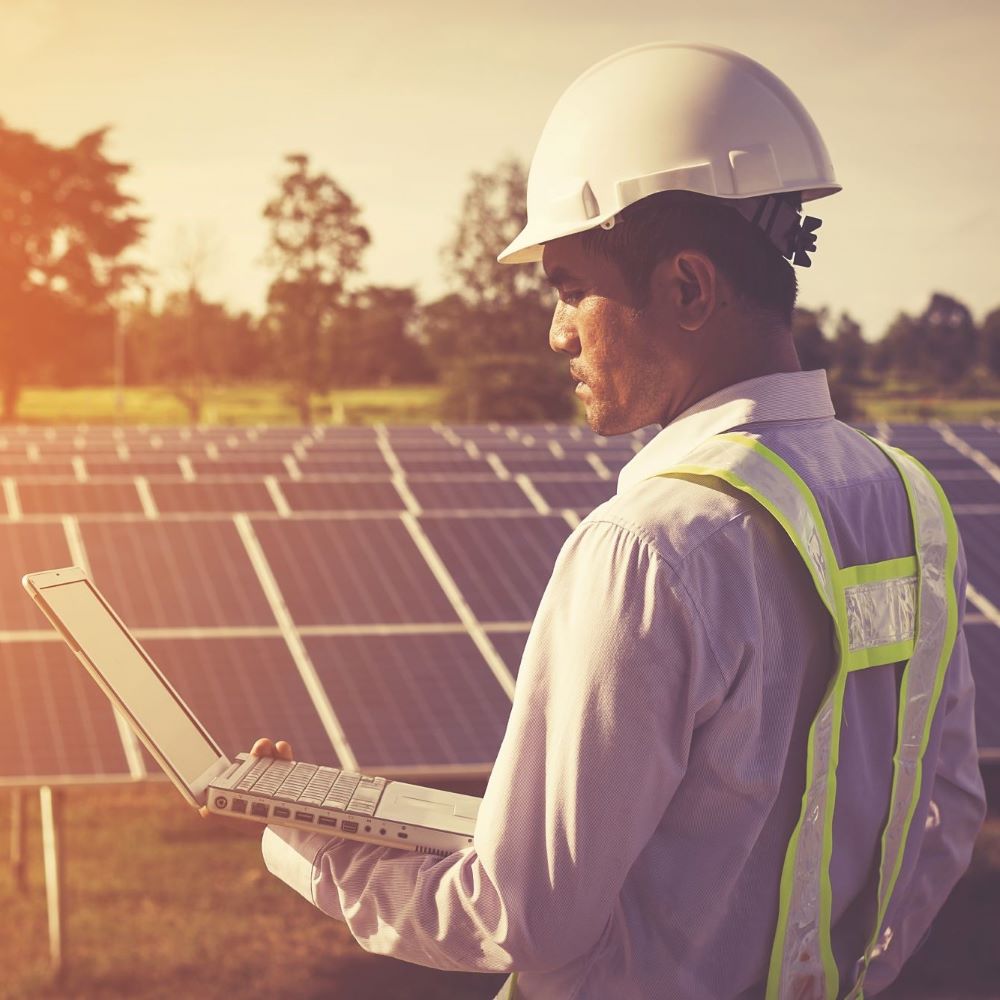Our Plan
51% reduction in carbon emissions below 2016 levels by 2030.
Our Goal
A clean energy transformation.
Our Theory of Change
We use public policy to drive reductions in carbon emissions from the utility sector and make clean energy investments. WRA’s experts work with state lawmakers and state agencies to implement policies that regulate utilities, reducing carbon emissions across our region and doing our part to help limit global temperature rise to 2° Celsius.
Targeting Carbon Emissions
The most abundant greenhouse gas, and the main cause of global temperature rise, is carbon dioxide (CO2). Reducing these carbon emissions, which are largely the product of burning fossil fuels, can have a real impact in addressing climate change. Burning fossil fuels occurs across all energy sectors, and knowing where to start is an important part of our solution.

Overview of Greenhouse Gas Emissions in 2020
Total Emissions in 2020 = 5,222 Million Metric Tons of CO2 equivalent. Percentages may not add up to 100% due to independent rounding. The EPA has prepared the Inventory of U.S. Greenhouse Gas Emissions and Sinks since the early 1990s.
Why Start With the Power Sector?
The power sector continues to be the largest source of carbon emissions in the Interior West. It’s also key to driving down carbon emissions from transportation and buildings. We need the electricity that powers our cars and heats our building to come from clean and renewable resources. At the same time, renewable energy resources have become cheaper than fossil fuels across our region, and more utilities see opportunities in a clean energy future and believe it is in their financial interest to make that transition.
Bottom line: transforming the power sector sets our region on a trajectory to decarbonize other sectors. There is still much work to be done to replace coal-fired power with renewables and battery storage across the Interior West.
Decarbonizing Electricity and Transportation
In the Interior West, electricity generation continues to be the single largest source of the carbon pollution that drives climate change. But reducing emissions from the electricity sector is not enough. Other sectors, such as transportation as well as home and industrial heating, also need to be electrified and powered with clean, renewable energy and other low- or zero-emission technologies. The challenge is great, but tools exist to make the required changes within this time frame if we continue to take bold action.
Nationally, the importance of tackling emissions from transportation and buildings is even more stark: for nearly 40 years, electric utilities were the leading source of greenhouse-gas emissions in the United States. But in 2016, the transportation sector surpassed the electric utility sector for the first time. The shift happened in part because the power sector is generating more electricity from carbon-free sources and technologies. However, as you can see in the figure below, the power sector is still the largest source of carbon emissions in the states where WRA works to advance clean energy to fight climate change.
Interior West Carbon Dioxide Emissions from Fossil Fuel Consumption, 1980-2020. Carbon emission totals for each year are from the seven states where WRA works on climate change issues, including Arizona, Colorado, Nevada, New Mexico, Utah, Wyoming. The chart shows yearly carbon emissions from the electric power, transportation, industrial, residential, and commercial energy sectors. Source: EIA.
Our Progress
For three decades, WRA has successfully helped states implement bold policy solutions to decarbonize the West. When energy utilities and regulators weren’t even considering environmental factors in their planning processes, WRA stepped in to make sure the environment had a voice.
In 2019, we facilitated a tremendous leap forward when lawmakers in Nevada, New Mexico, and Colorado – with our help and expertise – enacted some of the most forward-thinking laws in the nation to reduce carbon emissions.
- In New Mexico, state lawmakers enacted landmark legislation that paves the way for the retirement of the state’s last coal-fired generating station and will ensure that 50% of the state’s electricity is renewable by 2030 and 100% is carbon-free by 2045.
- In Nevada, a new law increases the state’s renewable portfolio standard to 50% by 2030 and sets a goal of 100% carbon-free electricity generation by 2050.
- In Colorado, lawmakers passed legislation that sets economy-wide goals for reducing the state’s greenhouse gas pollution 26% by 2025, 50% by 2030, and 90% by 2050.
Given the lack of progress at the federal level, it is more important than ever for states and local communities to drive the fight against climate change. Western states have the unique potential to demonstrate how effective climate policies can be achieved, scaled, and applied — in our region, across the nation, and around the world.
Climate Fix Progress
Carbon Emissions Reductions (Million Tons Per Year)
51% Emissions Reductions Goal =
105 Million Tons Per Year by 2030
What’s Next?
The world’s scientists say we must take serious action in the next decade to avoid the most devastating impacts of climate change. We can’t afford to slow down, and much work remains to be done.
- We need to make sure our lawmakers, utilities, and regulators live up to their promises.
- We must continue to demonstrate through meaningful collaboration that a healthy economy and environmental protections can go hand in hand.
- And by tracking and openly sharing the West’s progress toward a zero-carbon economy, we must encourage other states to follow suit.
Time is running out, and we need to see real results, fast. For over 30 years, Western Resource Advocates has proven time and again that we have the expertise and experience to lead what must be a collaborative effort to reduce greenhouse gas pollution across the West. We know how to get things done.

We Know We Can Get There
While much work is left to do, a number of factors give us confidence that we can reach our goal:
- Renewable energy technologies such as wind and solar have become the least expensive sources of electricity generation and will save ratepayers and utilities money.
- Many utilities now see financial opportunities in phasing out fossil fuels and making room for new investments in clean energy.
- Expanding and strengthening regional electricity markets will help reliably integrate much higher levels of renewable energy onto the grid.
- Clean energy can be used to electrify transportation and reduce greenhouse gas emissions from vehicles.
- Steps to increase energy efficiency can cost-effectively keep electricity load growth in check.
- We know we have the right expertise to find the solutions we need.

